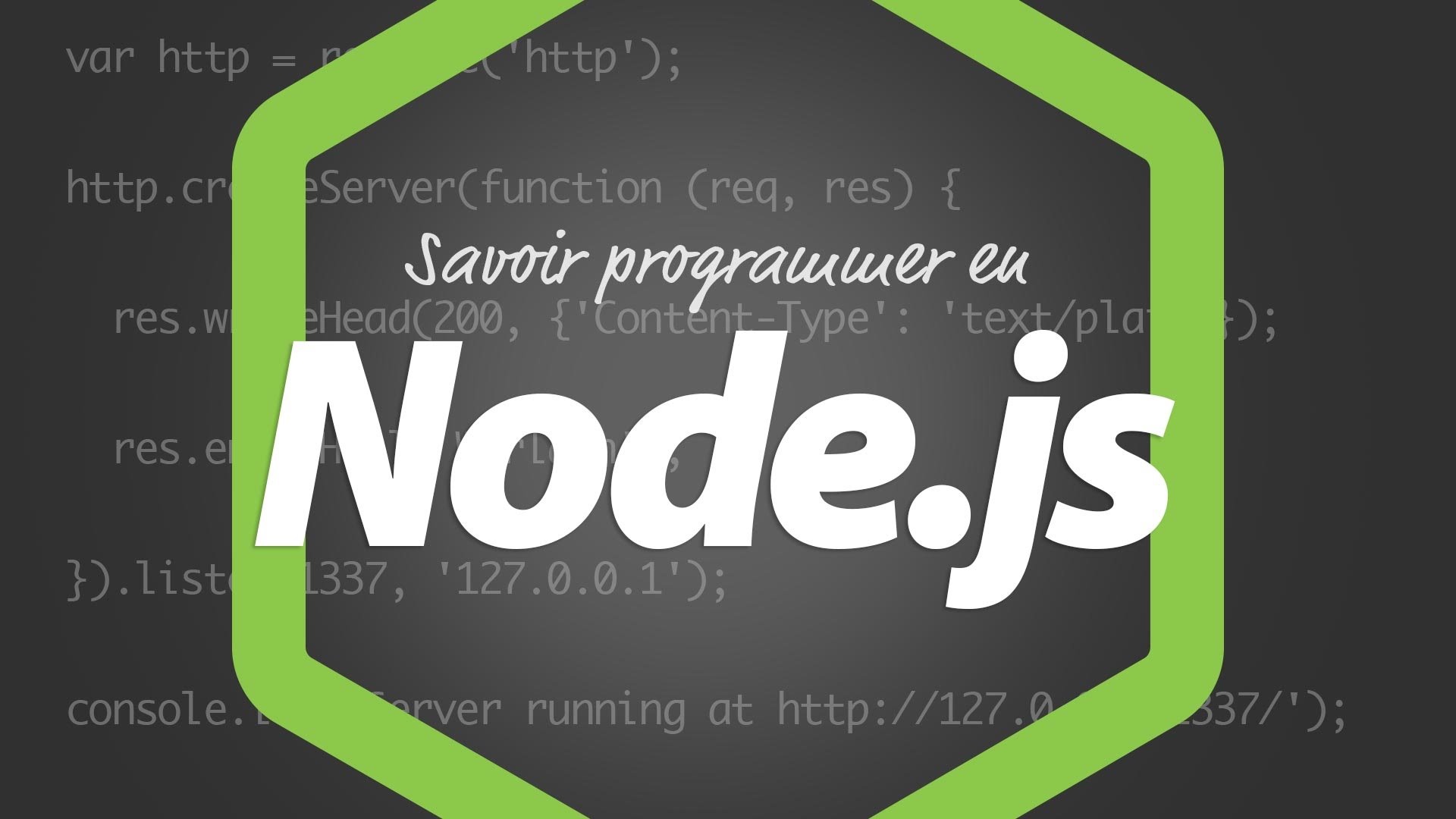
One component you’ll install will require some other components to work, they in turn will also require components (and so on and so forth). I’ll be honest up front, NodeJS does suffer from a bit of a dependency nightmare. The tool is constantly evolving and becoming more widely used which is exactly why you need to upgrade your copy to take advantage of the new features it has to offer! 🙂 NodeJS Dependency Nightmare NodeJS however allows developers to write server side code using this technology. That’s right, the same language web developers would otherwise write client side code to enhance someones web experience. What is NodeJS?įor those of you who don’t know what it is, it’s a scripting language (like Python and PHP) which allows you to write your code in JavaScript. This blog merely offers an alternative (more elegant) solution to the same problem already solved. It also causes some conflicts with any existing (NodeJS) packages you may have been using vs simply gracefully upgrading them. Now the good folks over at attempted to package this all into one RPM but by doing this, they unfortunately violate a number of standards that Red Hat tries to follow.

If you Google around, there are some hacky ways to upgrade NodeJS on your system, but all of them (at least all of the ones I found) don’t manage these upgrades properly through RPMs. NodeJS v0.10 presently ships on CentOS/Red Hat 7.x.


 0 kommentar(er)
0 kommentar(er)
